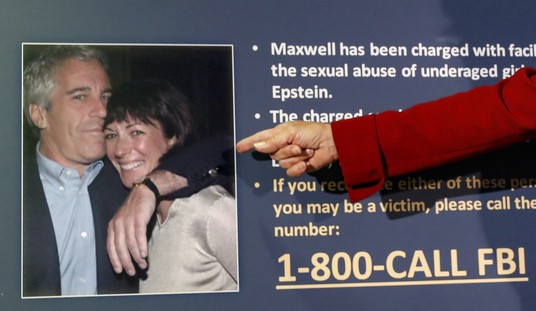It was the worst of programs … it was the worster of programs. After more than six years of predictions about the inevitable ways ObamaCare would fail coming true over the past two enrollment cycles, CNN has suddenly seen the light. Calling it “a tale of two health insurance programs,” CNN Money analyst Tami Luhby notices what Barack Obama flat-out denied — that skyrocketing premiums and deductibles have hammered the middle class:
For the 85% of enrollees with lower incomes, federal subsidies make the premiums somewhat more affordable. Those even closer to the poverty line can get additional subsidies that reduce the deductibles, which can run into the thousands of dollars.
But for many middle class Americans — a single person earning more than $47,520 or a family of four with an income of $97,200 — the pricey premiums and deductibles mean health care coverage remains out of reach.
“The middle class are getting squeezed,” said Larry Levitt, senior vice president at the Kaiser Family Foundation. “They aren’t getting subsidies and these deductibles are hard to afford.”
This schism is turning Obamacare into another government benefit program for lower- and moderate-income Americans. The typical enrollee has an income of only 165% of the federal poverty level, or $40,000 for a family of four.
The 85% figure is part of the problem. The cutoff for subsidies is 400% of the poverty level, which would have included 62% of Americans. The actual percentage of subsidized entrants should be around 62%, or below it if ObamaCare really was the opportunity for coverage that its advocates assume — and far, far below 85%. Consumers who don’t qualify for subsidies as well as those healthier consumers who do the rational calculation of cost to benefit opt out of the system. That leaves the sicker and higher-use consumers left in the system as well as those who can’t afford to pay retail, and they’re driving the utilization curves out of sight.
This also skips over an important point, which is that those subsidies don’t just materialize out of the thin air. They’re coming out of the pockets of all taxpayers, and the skyrocketing premiums means that the escalation of red ink is likely becoming exponential. The higher percentage of people receiving subsidies in the exchanges, the more red ink ObamaCare bleeds even without the steep premium rate hikes. That’s one outcome that President Obama never addresses while bragging how many people get subsidies on the exchanges.
Luhby remarks that ObamaCare is turning into two government programs — one for the subsidized, and another for the middle class. That could have been solved by simply expanding Medicaid without involving the rest of the health-insurance market, or perhaps by creating a similar program as Medicare Advantage for lower-income Americans in Medicaid. That would have provided a much more focused effort, would have avoided the need for government mandates, and might have generated better provider networks for people now stuck in the collapsing ObamaCare markets.
Instead, we have a Democrat-built monstrosity that’s devouring consumers, taxpayers, insurers, and providers. As I wrote this week for The Fiscal Times, ObamaCare is being repealed by its stakeholders even if Democrats won’t allow it to be repealed in Washington:
Rather than look to the election results for policy direction on one key issue, perhaps the next president should look to the voters themselves. When it comes to the Affordable Care Act, nearly every stakeholder involved has voted with their feet. Consumers, providers, and even the insurers who helped create Obamacare to profit from a government mandate have all begun to flee from it.
Even those who do stay within the system have curtailed their utilization of health care. A GFK poll reported by The Free Beacon shows that half of all ACA exchange consumers have skipped doctor visits in order to save cash, and 36 percent did so even when sick. Only a third of those with employer-based insurance have cut back on utilization. So much for Obamacare bringing “health care” to the masses.
Even those who do seek care face fewer and fewer choices as a result of two different trends. Providers have cut back access for Obamacare consumers as the reimbursement rates and compliance requirements make it too costly to accept ACA exchange patients.
For instance, Chicago hospitals and doctors announced last week that they would drop out of all Cook County Obamacare plans, leaving city residents on the exchanges with nowhere in-network to go with their insurance coverage. Separately, insurers have continued to narrow in-network provider options, which they explain as cost-cutting measures but leave some consumers with no convenient access to care.
Finally, the insurers themselves have voted with their feet, too. Minnesota had to agree to ration access to health insurance in order to keep insurers from completely abandoning the state in 2017. UnitedHealth, Aetna, and Humana have all separately announced limited or total pullbacks from the Obamacare exchanges over the last few months.
‘Tis a far, far better thing to repeal it rationally and work to rebuild the health insurance markets than to have Democrats keep spinning fantasies about ObamaCare’s solvency. ‘Tis a far, far better place we would be economically as well as politically with the federal government experiment in command economies far in the rear-view mirror. One way or another, though, ObamaCare is collapsing from its own contradictions and red ink.








Join the conversation as a VIP Member